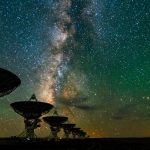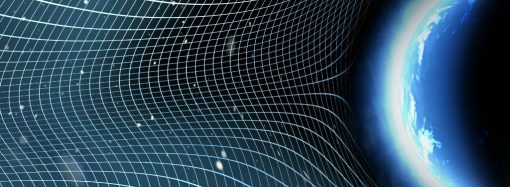Mysterious object called ‘The Accident’ has been careening through the Milky Way for 10 billion years0
- From Around the Web, Space
- September 7, 2021
It’s not quite a star, and it’s not quite a planet — but it’s soaring through the Milky Way, much closer than we thought.
















